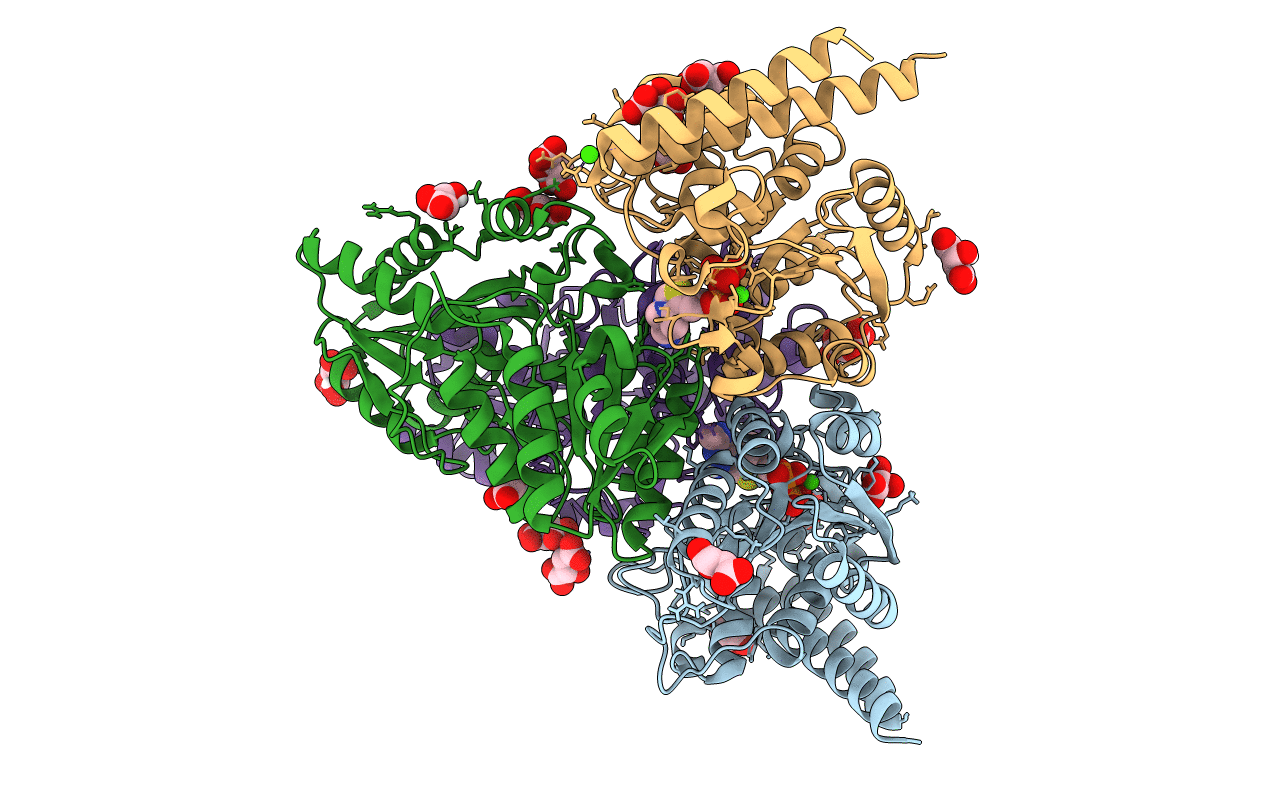
Deposition Date
2020-03-12
Release Date
2020-11-25
Last Version Date
2024-01-24
Entry Detail
PDB ID:
6YAK
Keywords:
Title:
Split gene transketolase, active alpha2beta2 heterotetramer
Biological Source:
Source Organism:
Carboxydothermus hydrogenoformans (Taxon ID: 129958)
Host Organism:
Method Details:
Experimental Method:
Resolution:
1.34 Å
R-Value Free:
0.15
R-Value Work:
0.14
Space Group:
I 2 2 2


